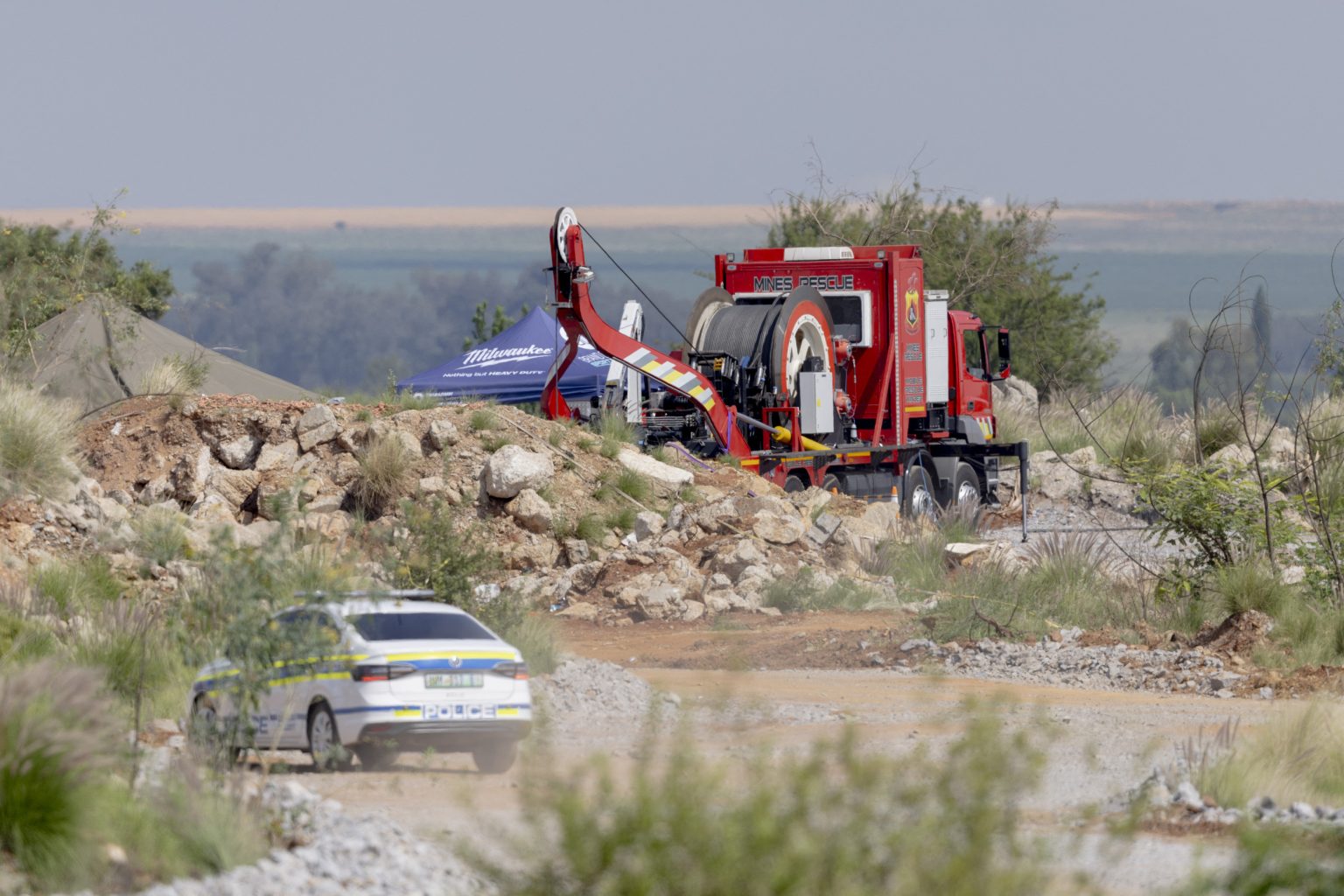The Tragedy of Stilfontein: A Deep Dive into Illegal Mining in South Africa
The discovery of over 100 deceased illegal miners trapped within a disused mine shaft in South Africa’s North West province has cast a harsh spotlight on the perilous conditions and complex socio-economic factors driving this illicit industry. Reports from the Mining Affected Communities United in Action Group (MACUA) paint a grim picture of miners succumbing to starvation and dehydration after being trapped for months, highlighting the desperate measures taken by those seeking economic survival in a nation grappling with unemployment and inequality. This tragedy underscores the urgent need for comprehensive interventions that address the root causes of illegal mining while also prioritizing the safety and well-being of those involved.
The miners, many of whom are believed to be migrants from neighboring countries, found themselves trapped underground following police operations aimed at curbing illegal mining activities. The subsequent blockage of access points, intended to disrupt the supply lines supporting these clandestine operations, tragically backfired, cutting off the trapped miners from essential resources like food and water. The incident lays bare the dire consequences of a reactive approach that prioritizes law enforcement over the safety and human rights of vulnerable individuals caught in the web of illegal mining. It raises fundamental questions about the adequacy of current strategies and the need for more nuanced and humane solutions.
The scale of the tragedy became apparent after rescued miners brought to the surface a cellphone containing harrowing videos of dozens of bodies wrapped in plastic, a stark testament to the inhumane conditions underground. While recovery efforts have begun, with several bodies retrieved and some survivors rescued, the sheer number of those still trapped, estimated to be in the hundreds, suggests the death toll could rise significantly. This grim reality underscores the magnitude of the crisis and the urgent need for a coordinated and effective response from authorities.
The incident at Stilfontein is not an isolated event; it represents a symptom of a wider crisis. Illegal mining is a pervasive issue in South Africa, particularly in regions with a history of gold mining. Abandoned mines, riddled with potential hazards, become magnets for individuals seeking to extract any remaining resources. These informal miners, often driven by poverty and lack of alternative employment opportunities, operate in extremely dangerous conditions with little to no safety regulations, putting their lives at considerable risk. They become easy prey for organized criminal syndicates who exploit their desperation, further entrenching the cycle of poverty and vulnerability.
The complex dynamics of illegal mining extend beyond the individual miners. Reports suggest that these operations are often controlled by well-organized criminal syndicates who profit from the extracted resources while exposing the miners to immense risks. This illicit industry not only poses a significant safety hazard but also fuels broader criminal activities, creating instability and fear within local communities. The implications extend to environmental damage, resource depletion, and the undermining of legitimate mining operations, highlighting the multifaceted nature of this challenge.
The Stilfontein tragedy serves as a wake-up call. It demands a critical examination of the current strategies employed to tackle illegal mining and underscores the need for a more holistic and human-centered approach. Addressing the root causes of poverty, unemployment, and inequality, while simultaneously strengthening regulatory frameworks, improving mine safety, and disrupting criminal networks, is crucial. This requires a concerted effort from government, industry stakeholders, civil society organizations, and local communities to work together to create sustainable solutions that protect both human lives and the environment.

